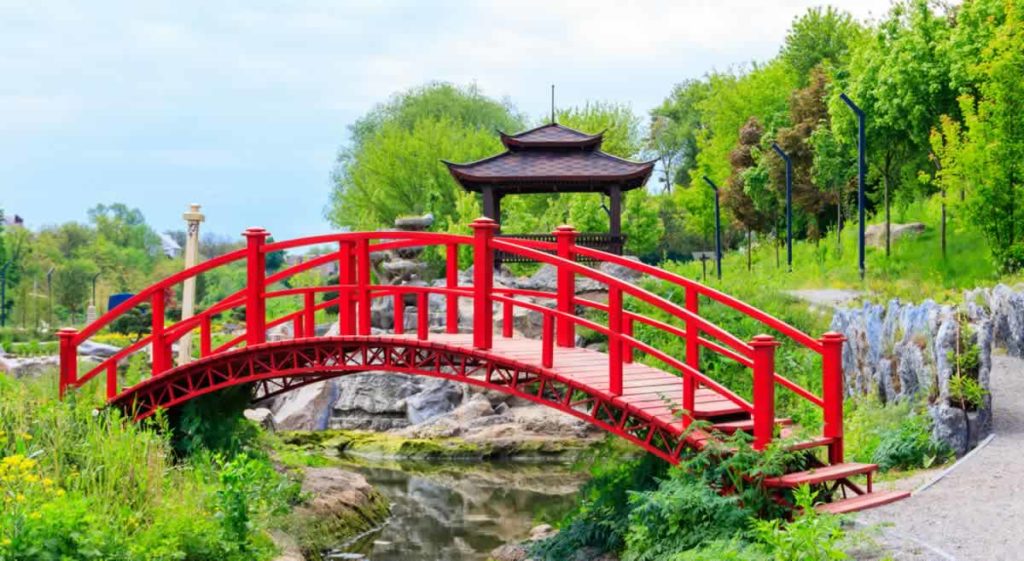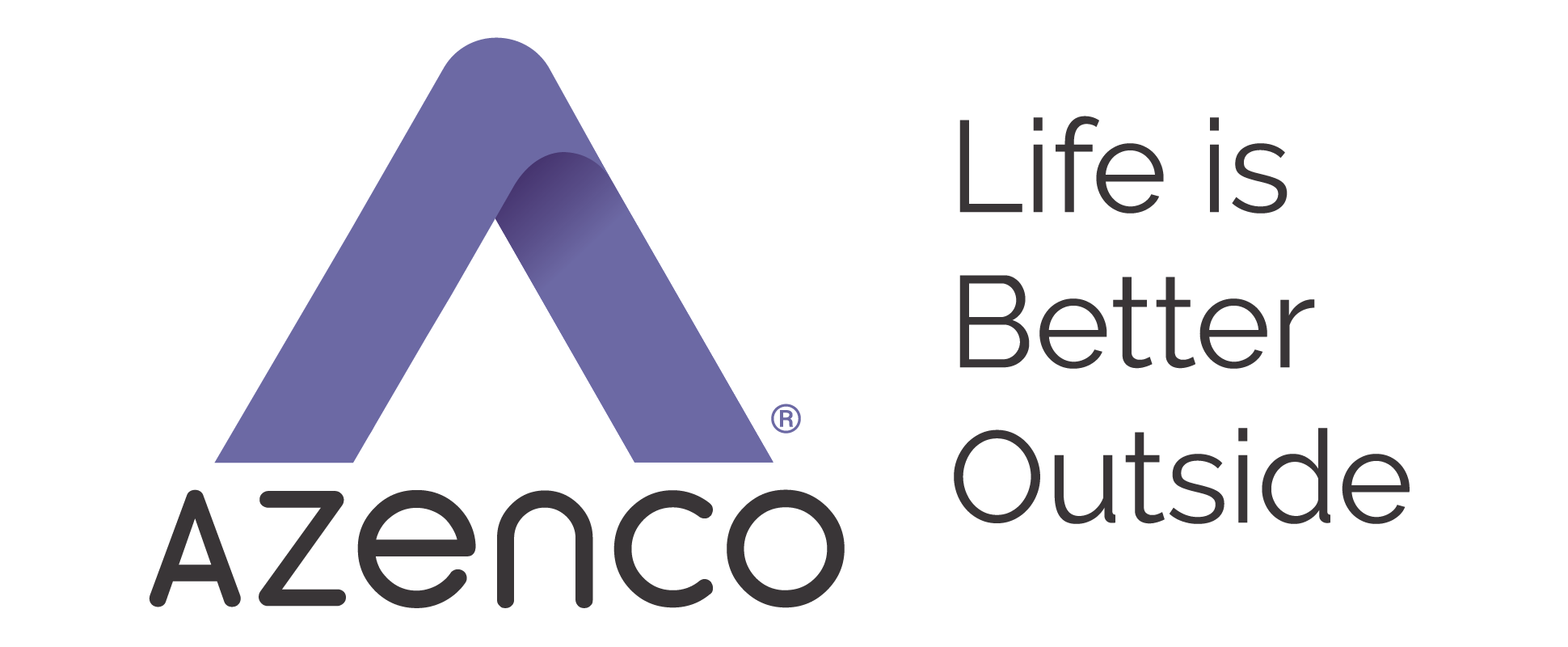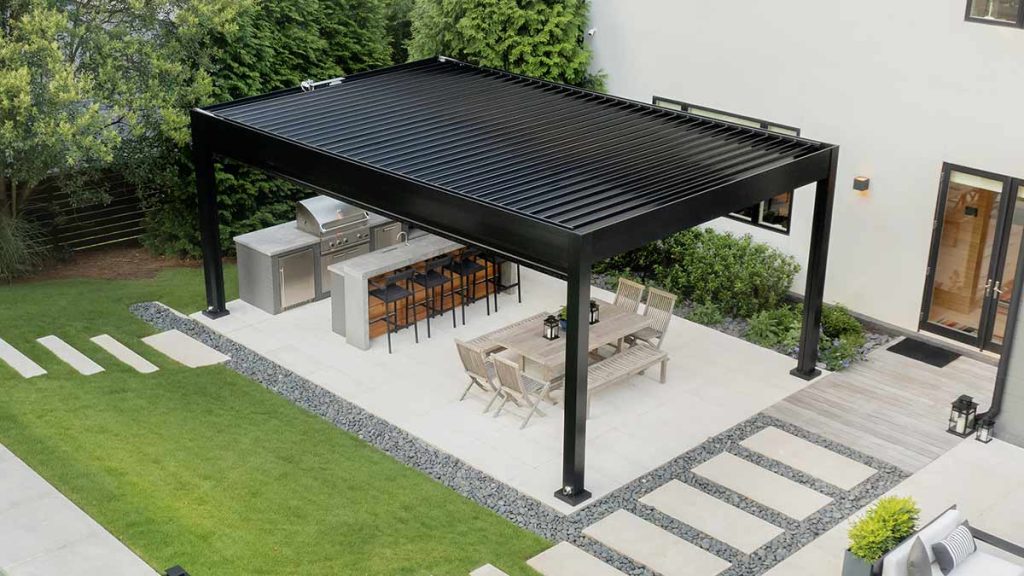The words “pergola” and “pagoda” are sometimes misconstrued as being similar structures. Maybe it is because the words are rather similar, but a pagoda versus pergola comparison is a difficult line to draw. Sure, both are freestanding structures and they share a linguistic flare, but the similarities really end there. That said, pagodas can be a great design inspiration for a pergola project.
A pergola is an outdoor living structure featuring a roof supported by columns. Pergola designs range from solid fixed roof designs to more advanced motorized louvered roofs that adjust to control shade, and block out the rain. Our modern pergolas are fabricated from lightweight-yet-strong aluminum, and powder coated for long-term durability. The most advanced pergolas feature integrated technology ranging from retractable screens to embedded lighting, and smart sensor arrays to automate its operation.
Table of Contents
What is a pagoda?
A pagoda is a multi-level structure featuring wide overhanging eaves at each level. Most pagodas have an internal staircase to reach its uppermost floor. Each level often has lookouts on all four sides where visitors can enjoy sweeping views. Most often seen in East Asian cultures, such as China, Japan, Korea, Nepal, Vietnam, pagodas are often considered spiritual places to pray or reflect. While towering pagodas have an interesting history, the structure itself has also come to reflect a sense of spirituality. Small pagodas can be seen in landscape design often accenting gardens and water features.

What are the origins of the pagoda?
The origin of the pagoda is traced to ancient India. In Buddhist literature, pagodas were created to preserve the remains of Sakyamuni, the originator of Buddhism. As Buddhism spread throughout East Asia, the design of pagodas evolved from bell-shaped structures in India to more intricate and inelaborate multi-level designs. Pagodas became places to keep an array of relics, and were often destinations for reflection and prayer. Many of the pagodas of Japan and China are particularly recognizable. The oldest surviving pagoda in China, and one of the world’s most recognizable, is the Songyue Temple, situated near the Shaolin Temple.
Pergolas: A Better Choice For Occidental Lifestyle
Pergolas are beautiful, versatile structures that instantly elevate your outdoor living area. They offer a unique combination of sun protection, ventilation, and style, creating the perfect spot for relaxation, entertaining, or simply enjoying the outdoors.
Benefits of Modern Pergolas
1. Create a shaded extension for an enhanced outdoor living space
Pergolas provide welcome relief from the sun’s harsh rays, allowing you to enjoy your outdoor space comfortably throughout the day. These patio covers add a touch of sophistication and style to your patio or deck, creating a perfect space for entertaining, dining, or simply relaxing.
2. Increased functionality and low maintenance
Pergolas can be customized with features like shade panels, lighting, or fans, allowing you to control the amount of sun, shade, and privacy in your outdoor space. Furthermore, modern pergolas require minimal upkeep, ensuring you can spend less time maintaining your space and more time enjoying it.
How are Pagodas and Pergolas Similar?
Comparing a pagoda versus pergola highlights plenty of differentiation between these structures. Pergolas are open on the sides, while pagodas are enclosed. Pergolas are single story structures, while pagodas soar multiple stories. Obviously, building a multi-story pagoda will require quite an investment compared to a louvered pergola cost. But there are also some similarities, mainly in the use of both structures. For instance, both are places for people to reflect on life’s journeys, and to seek solace from a bustling world. Both can also be truly beautiful architectural structures.
Azenco Custom Pergolas: Unmatched Quality and Design
At Azenco Outdoor, we offer a comprehensive selection of aluminum pergolas custom-crafted from premium materials, ensuring lasting durability and minimal maintenance. Our pergolas come in various styles and sizes to suit any space, from traditional freestanding to contemporary attached pergolas that seamlessly integrate with your home.
R-BLADE™ Automated Louvered Roof
R-BLADE™ pergola uses motorized louvered roof technology to allow you to enjoy natural ventilation and sunlight in the winter while protecting you from the sun’s rays in the summer.
R-SHADE™ Insulated Roof
R-SHADE™ offers a neat design with exceptional quality and premium insulated sandwich panels that regulate the temperature and protect from the summer sun, are water—and wind-resistant.
K-BANA™ Manual Louvered Roof
K-BANA™ is a versatile option customized with fixed or sliding louvered walls. It offers protection from sun, wind, rain, and even snow.
R-BREEZE™ Fixed Louvered Roof
R-BREEZE™ is a fixed louvered pergola that offers partial shade and can be customized to fit your needs.
Pergola Ideas To Evoke the Pagoda
While a multi-story pagoda is unlikely to be the ideal outdoor home addition, the ancient structure can serve as a powerful design inspiration for an outdoor living space. A few pagoda-inspired accents you should consider include:
While a structural comparison of a pagoda versus pergola finds plenty of differences, ancient pagodas can serve as a wonderful design inspiration for your pergola project. If you would like to explore the design possibilities for a new pergola project in your own backyard, contact Azenco today.








